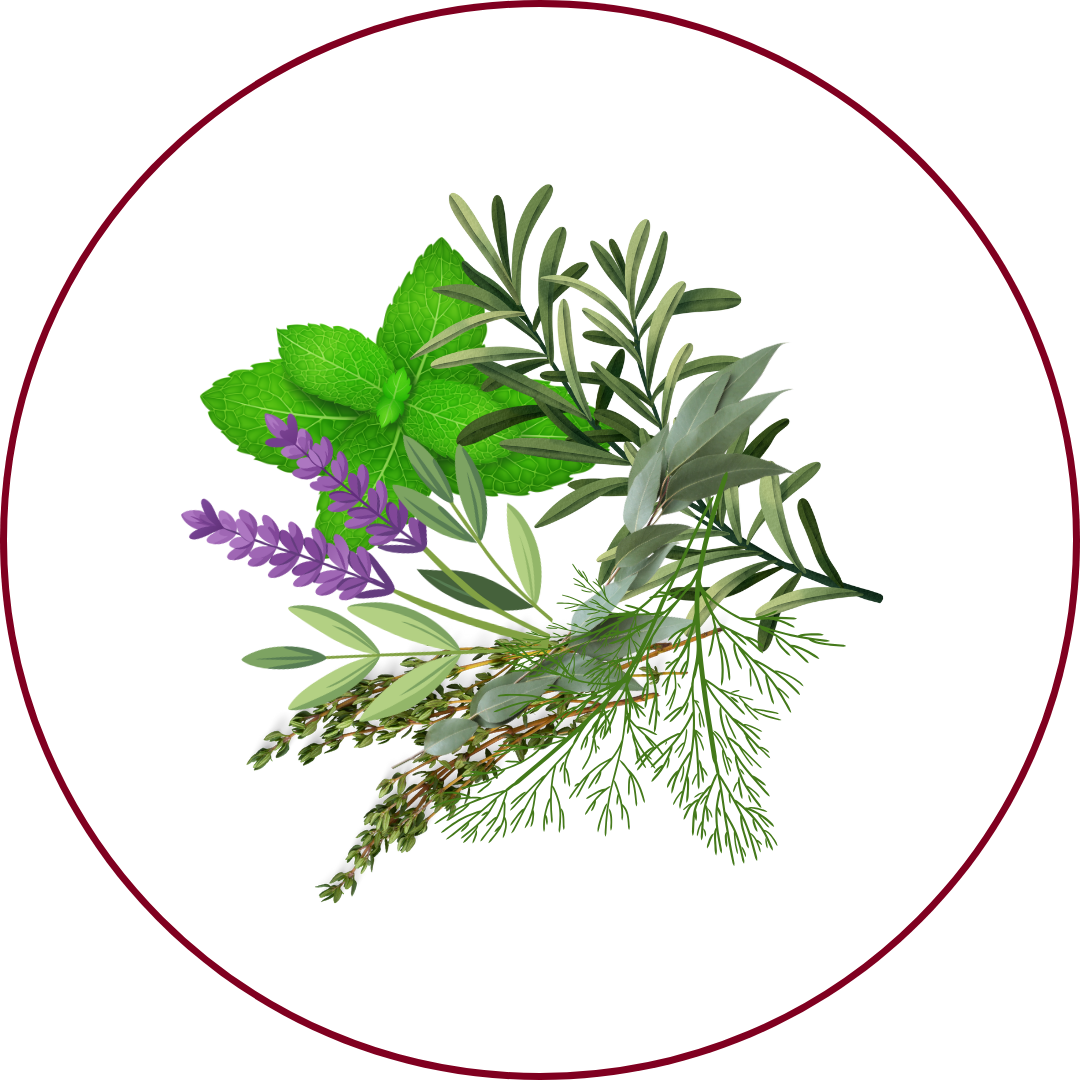Grape Variety
Verdejo
"ver-DAY-ho"
Wine Styles
 Sparkling
Sparkling Light White
Light White Full White
Full White Aromatic
Aromatic Rosé
Rosé Light Red
Light Red Medium Red
Medium Red Full Red
Full Red Dessert
DessertAbout Verdejo
Origin
Spain
History
Verdejo is a white wine grape variety that has long been grown in the Rueda region of Spain. The grape originated in North Africa and was introduced to Rueda around the 11th century, possibly by Mozarabs. Historically, Verdejo was used to produce strongly oxidized, Sherry-like wines. In the mid-20th century, the variety faced near extinction but was revitalized through the efforts of local winegrowers, notably Ángel Rodríguez Vidal, who contributed to re-establishing its prominence in the region. Today, Verdejo is the dominant grape in Rueda, accounting for a significant portion of the region's vineyard area.
Appearance
Small to medium-sized, greenish-yellow berries forming compact clusters.
Growing Traits
Verdejo is well-suited to the continental climate of the Rueda region, characterized by long, hot summers and cold winters. The grape thrives in well-drained, sandy soils with a high limestone content. Verdejo is known for its ability to retain acidity even in warm climates, contributing to the fresh and vibrant character of the wines. The grape is also prone to oxidation, so careful handling during harvest and vinification is essential to preserve its aromatic qualities.
Wine Characteristics
Body
2/5
Sweetness
1/5
Tannin
0/5
Acidity
4/5
Alcohol
3/5
Light to medium-bodied with a crisp and refreshing profile, offering a clean and zesty palate. Typically vinified dry, highlighting its natural acidity and vibrant fruit flavors. As a white grape variety, Verdejo wines have negligible tannin content, resulting in a smooth and approachable mouthfeel. Medium to high acidity, providing freshness and vibrancy to the wine, making it particularly suitable for warm climates. Moderate alcohol content, generally ranging from 11.5% to 13.5%, depending on the winemaking style and region.
Taste Profile

Citrus

Green apple

Herbal

Mineral
Verdejo wines are characterized by their fresh and zesty profile, with prominent notes of citrus fruits, such as lemon and grapefruit, and green apple. Subtle herbal nuances, including fennel and grassy tones, and mineral undertones add complexity to the palate. The wines are typically light to medium-bodied, with medium to high acidity, leading to a clean and refreshing finish. These characteristics make Verdejo wines particularly enjoyable in their youth.
Food Pairing
Verdejo's crisp acidity and vibrant fruit flavors make it a versatile companion for various dishes. It pairs well with seafood, such as ceviche, grilled fish, and shellfish. The wine's freshness also complements light salads, tapas, and soft cheeses. Its zesty character makes it an excellent choice for pairing with dishes featuring citrus elements or herbal notes.
Growing Regions

Spain
RuedaToroCastilla y León
Notable Wines & Producers
Marqués de Riscal Rueda Verdejo
Marqués de Riscal
José Pariente Verdejo
Bodegas José Pariente
Belondrade y Lurton Verdejo
Belondrade
Verdejo FAQ
Common questions about this grape variety
What is the origin of Verdejo?
+
Spain
Is Verdejo wine full bodied?
+
Verdejo has a body level of 2 out of 5. Which means that Verdejo is Moderate to Light bodied.
Is Verdejo wine dry or sweet?
+
Verdejo has a dryness level of 1 out of 5. Which means that Verdejo is Dry.
Where is Verdejo wine from?
+
Spain
Where is Verdejo grown?
+
Verdejo is grown in Spain (Rueda, Toro, Castilla y León).
What is Verdejo like?
+
Verdejo wines are characterized by their fresh and zesty profile, with prominent notes of citrus fruits, such as lemon and grapefruit, and green apple. Subtle herbal nuances, including fennel and grassy tones, and mineral undertones add complexity to the palate. The wines are typically light to medium-bodied, with medium to high acidity, leading to a clean and refreshing finish. These characteristics make Verdejo wines particularly enjoyable in their youth.
What does Verdejo pair with?
+
Verdejo's crisp acidity and vibrant fruit flavors make it a versatile companion for various dishes. It pairs well with seafood, such as ceviche, grilled fish, and shellfish. The wine's freshness also complements light salads, tapas, and soft cheeses. Its zesty character makes it an excellent choice for pairing with dishes featuring citrus elements or herbal notes.
What does Verdejo taste like?
+
Verdejo wines are characterized by their fresh and zesty profile, with prominent notes of citrus fruits, such as lemon and grapefruit, and green apple. Subtle herbal nuances, including fennel and grassy tones, and mineral undertones add complexity to the palate. The wines are typically light to medium-bodied, with medium to high acidity, leading to a clean and refreshing finish. These characteristics make Verdejo wines particularly enjoyable in their youth.
Take Verdejo Knowledge with You
Access detailed grape profiles, tasting notes, and pairing suggestions on your iPhone.
Download on theApp Store